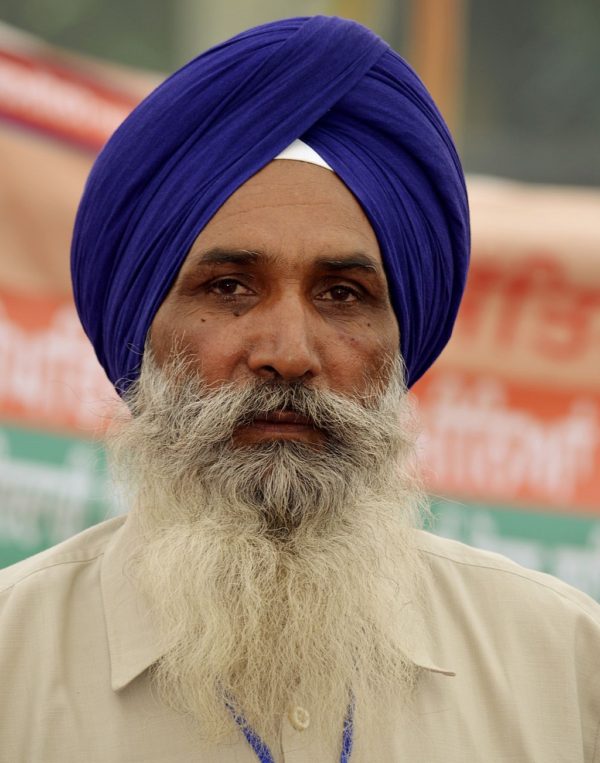
In the Northern Indian state of Punjab and its environs, an ethnic population known as Sikhs are attempting to survive despite government attempts to integrate them into a secular, materialistic and bureaucratic state.
Most of the Sikhs belong to the ethnic group of the Jatts, who are by lore a mix of Scythian and Northern Indian, something borne out by the number of infants born there with hazel eyes and light skin. Local histories hold that some Jatt tribes migrated from Europe and some came with Alexander the Great, such as the Gill and Mann tribes.
Sikhs have endured the attempts at their conquest by numerous empires. The Moghuls wanted to convert them to Islam, which caused the Sikhs to take an appropriately militarized and somewhat xenophobic attitude toward nearby tribes. Currently, the Indian government wants to mainstream Sikhs into what Indian “culture” has become, which is more globalist than localist.
Conflict continues to the present day between Sikhs and those who support integration into broader India:
At least eleven people were injured as dozens of Sikh radicals clashed with supporters of the Shiromani Gurudwara Prabhandak Committee (SGPC) at the revered Golden Temple, in Amritsar, Punjab.
It is understood the scuffle erupted over who would speak first at the service, held to remember victims of military offensive Operation Blue Star that left hundreds dead on June 6, 1984, when soldiers stormed the compound in a bid to flush out separatist insurgents holed up in the temple.
As globalism winds down with the failure of the modern subsidy state, localist communities and cultures are resisting it, leading to these types of clashes in which anti-integration and pro-integration forces fight for control of the institutions that regulate the local community, either aiding its independence or threatening to obliterate it through uniformity.